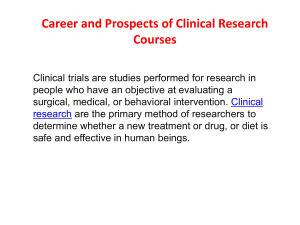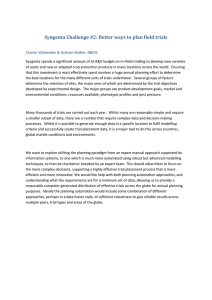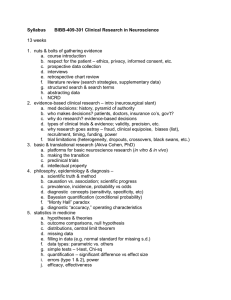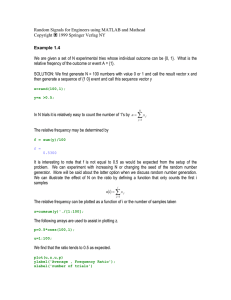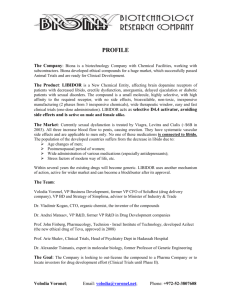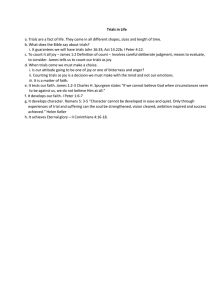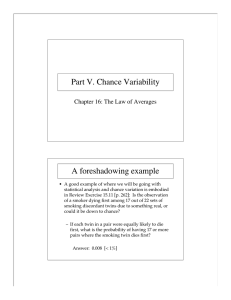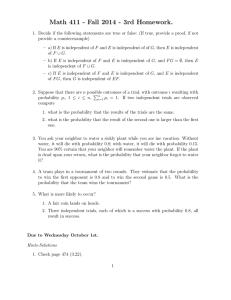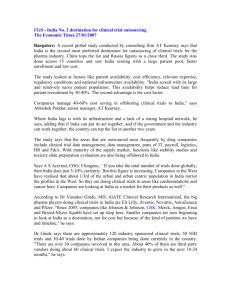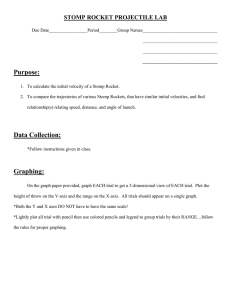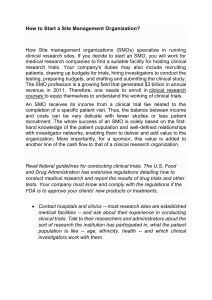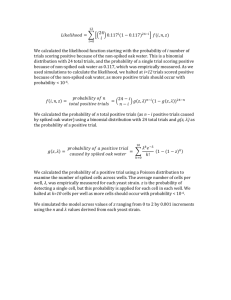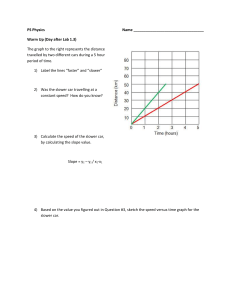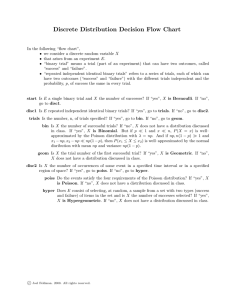Experiment 18 - Biology Teaching and Learning Resources
advertisement
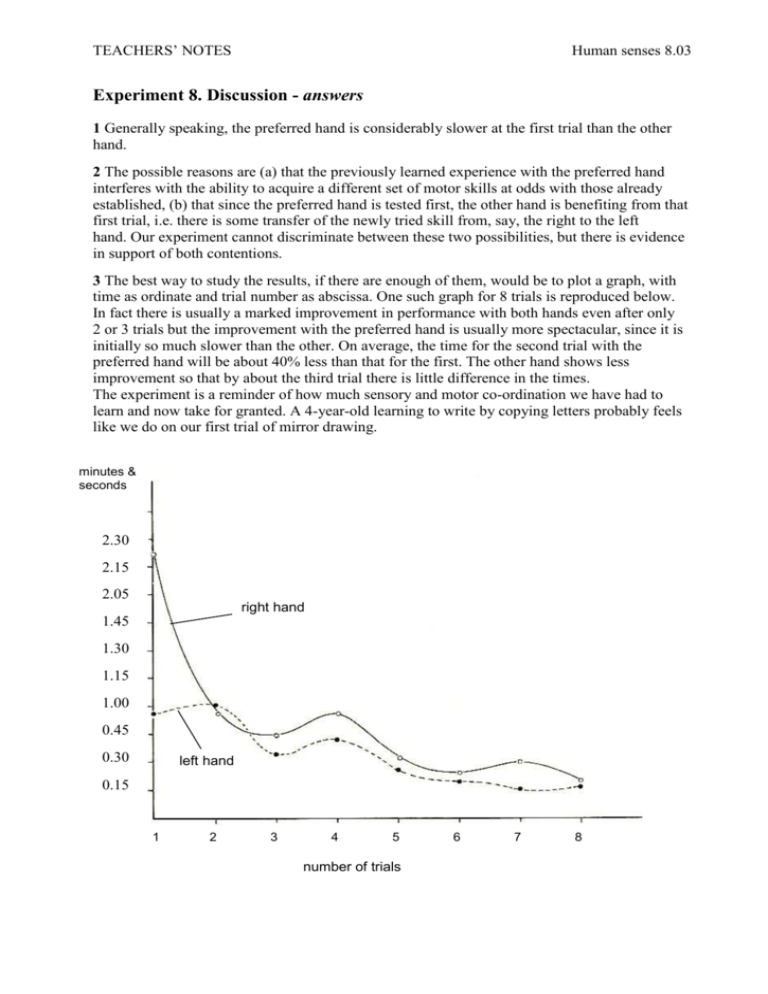
TEACHERS’ NOTES Human senses 8.03 Experiment 8. Discussion - answers 1 Generally speaking, the preferred hand is considerably slower at the first trial than the other hand. 2 The possible reasons are (a) that the previously learned experience with the preferred hand interferes with the ability to acquire a different set of motor skills at odds with those already established, (b) that since the preferred hand is tested first, the other hand is benefiting from that first trial, i.e. there is some transfer of the newly tried skill from, say, the right to the left hand. Our experiment cannot discriminate between these two possibilities, but there is evidence in support of both contentions. 3 The best way to study the results, if there are enough of them, would be to plot a graph, with time as ordinate and trial number as abscissa. One such graph for 8 trials is reproduced below. In fact there is usually a marked improvement in performance with both hands even after only 2 or 3 trials but the improvement with the preferred hand is usually more spectacular, since it is initially so much slower than the other. On average, the time for the second trial with the preferred hand will be about 40% less than that for the first. The other hand shows less improvement so that by about the third trial there is little difference in the times. The experiment is a reminder of how much sensory and motor co-ordination we have had to learn and now take for granted. A 4-year-old learning to write by copying letters probably feels like we do on our first trial of mirror drawing. minutes & seconds 2.30 2.15 2.05 right hand 1.45 1.30 1.15 1.00 0.45 0.30 left hand 0.15 1 2 3 4 5 number of trials 6 7 8


